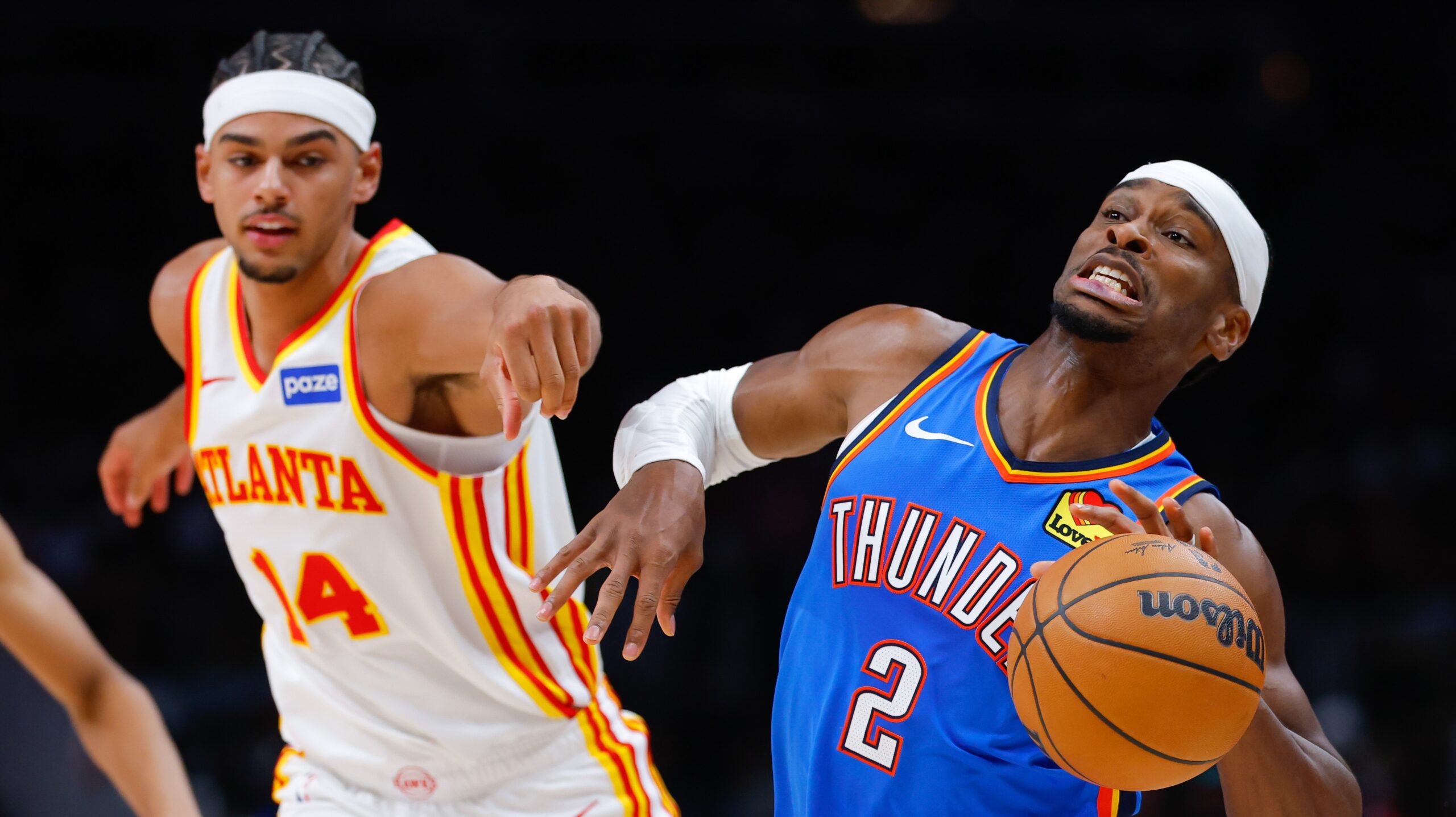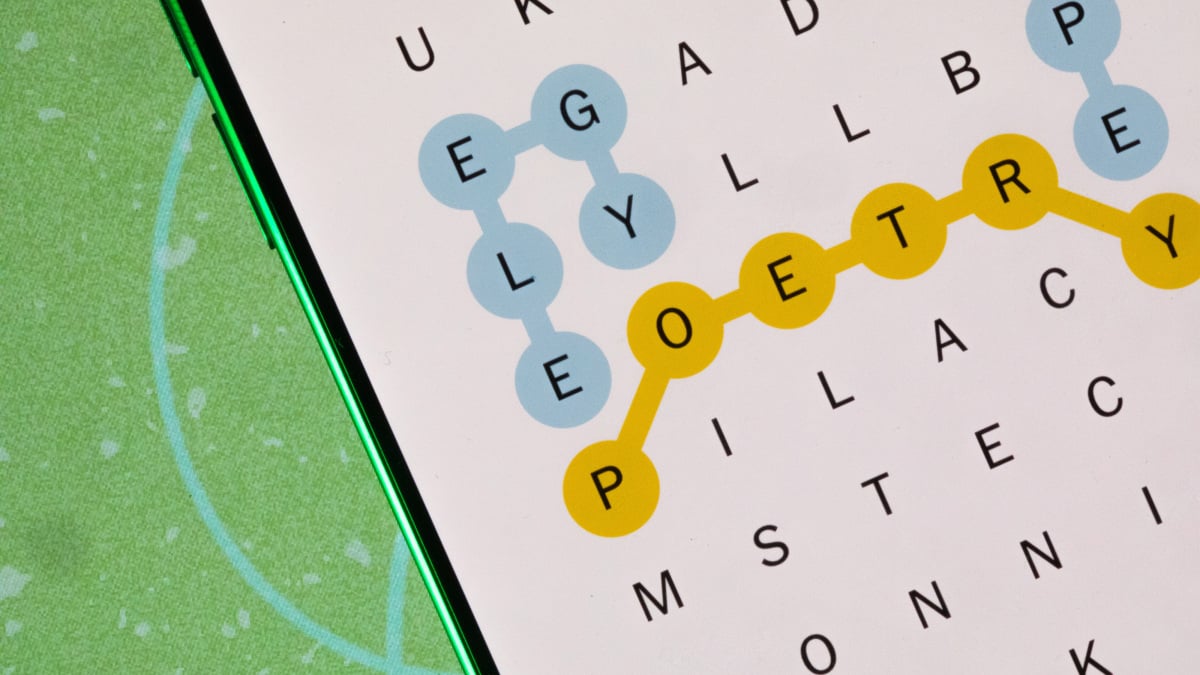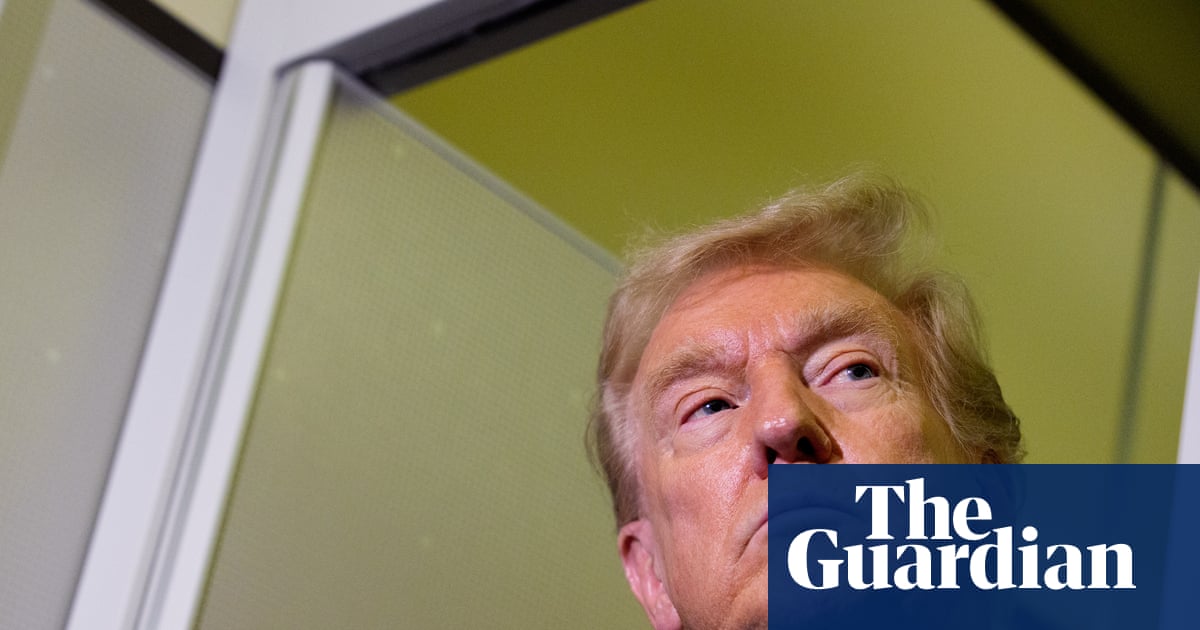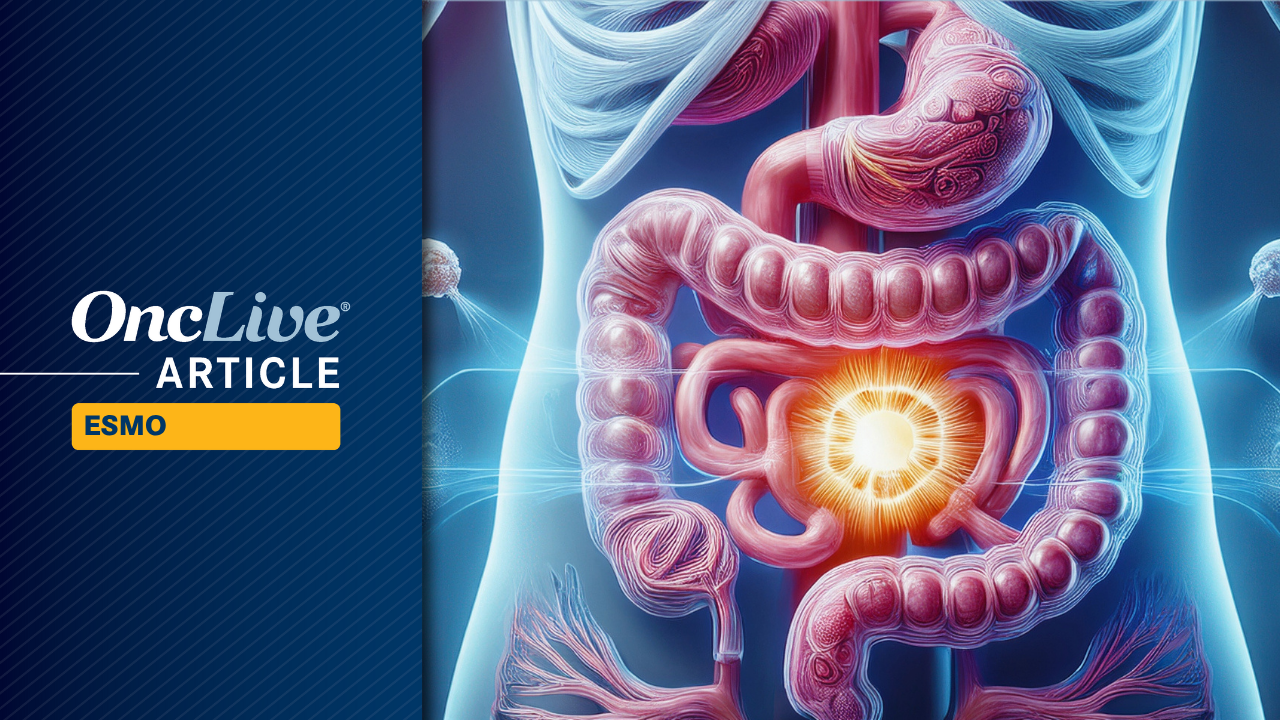Wuju Opera is finding new and young audiences through global tours and innovative use of technologies.
In Jinhua,…

Wuju Opera is finding new and young audiences through global tours and innovative use of technologies.
In Jinhua,…

Researchers at Trinity College Dublin have uncovered what they call a “universal thermal performance curve” (UTPC), a pattern that appears to apply to every living species on Earth. This curve describes how organisms respond to changes in…

ATLANTA — No double overtime, not many tense moments or subsequent buckets of sweat, and no problem against a Hawks’ team missing three starters. That summarized the night for the defending champions.
By comparison to its first two games of…

Victoria’s Secret (VSCO) shares have seen movement recently, prompting investors to review the retailer’s performance and outlook. The company’s stock is up 59% over the past 3 months, which reflects renewed interest among market watchers.
See our latest analysis for Victoria’s Secret.
After a bumpy start this year, Victoria’s Secret has staged an impressive comeback, with a 26% one-month share price return and momentum building as renewed industry optimism takes hold. While the year-to-date share price is still lower, long-term shareholders have captured a 16.9% total return over the past year.
If you’re intrigued by how turnarounds like this can create opportunities, it might be time to broaden your search and discover fast growing stocks with high insider ownership
With the stock’s recent surge but analyst targets lagging behind, the question is whether Victoria’s Secret remains undervalued, or if the current price already factors in all the anticipated future growth.
The most widely followed narrative puts Victoria’s Secret’s fair value well below its last close price, signaling a potential disconnect between analyst models and recent market enthusiasm.
The analysts have a consensus price target of $22.7 for Victoria’s Secret based on their expectations of its future earnings growth, profit margins and other risk factors. However, there is a degree of disagreement amongst analysts, with the most bullish reporting a price target of $27.0, and the most bearish reporting a price target of just $17.0.
Read the complete narrative.
Curious what kind of growth projections and future profit assumptions drive this punchy valuation? The key takeaway is that most analyst forecasts are based on slow revenue growth, thinning margins, and a higher-than-normal profit multiple. Which number is the real linchpin? The full narrative reveals the bold assumptions behind the current fair value.
Result: Fair Value of $22.70 (OVERVALUED)
Have a read of the narrative in full and understand what’s behind the forecasts.
However, persistent tariff pressures or a sustained slowdown in mall traffic could quickly undermine the optimistic case for Victoria’s Secret’s recovery.
Find out about the key risks to this Victoria’s Secret narrative.
While analyst models suggest Victoria’s Secret is overvalued versus consensus estimates, our SWS DCF model points in a different direction. Based on projected future cash flows, the stock currently trades 21.6% below its fair value, which suggests potential upside. Which perspective will the market ultimately reward?

Higashi Holdings (TSE:9029) reported a net profit margin of 4.4%, up from 3.4% the previous year. The company saw a 61% increase in earnings over the past twelve months and has achieved a five-year average growth rate of 21.8% per year. Investors will note that high-quality earnings and accelerating profits are in focus, especially as the Price-To-Earnings ratio of 9.9x is lower than both sector and peer averages. However, the share price of ¥1,772 is significantly higher than the company’s internally estimated fair value of ¥727.94. While dividend sustainability remains a risk, profit and revenue growth highlight the company’s current rewards profile.
See our full analysis for Higashi Holdings.
The next section will put these numbers side by side with the main narratives shaping investor sentiment, highlighting where the figures support expectations and where surprises might emerge.
Curious how numbers become stories that shape markets? Explore Community Narratives
Net profit margin climbed to 4.4%, marking an improvement over last year’s 3.4% and standing alongside an average annual earnings growth rate of 21.8% over five years.
The sustained pace of profit expansion heavily supports a positive outlook for business quality and operational leverage.
Rapid compound annual growth, at 21.8%, signals that the business has maintained strong earnings momentum, not just a one-off spike.
The margin expansion, paired with robust growth, lends weight to the view that recent gains are not coming at the expense of long-term operating discipline.
Despite profit and revenue growth, the company highlights the risk that future dividends may not be fully supported by ongoing earnings performance (dividend sustainability flagged as a risk).
This introduces tension for bullish investors seeking both capital appreciation and reliable income.
Rapid earnings growth might suggest strong dividend potential, but a flagged sustainability risk tempers the case for uninterrupted payouts and underscores the need for caution.
Ongoing profit gains will need to translate into dividend coverage to truly resolve this risk from the bullish perspective.
Shares trade at ¥1,772, a notable premium to the DCF fair value estimate of ¥727.94, even as the Price-To-Earnings ratio of 9.9x sits below sector and peer averages of 12.9x and 11.2x.
The gap between market price and intrinsic value creates a focal point for investment debate.
Bulls may argue that margins and growth justify the premium, but the DCF fair value figure will weigh on the view that the stock represents a true bargain.
Investors weighing sector comparisons against DCF estimates must decide whether outperformance is already reflected in the share price or possibly overreflected in the current valuation.

If you’re looking for hints and answers for Strands for Sunday, October 26, 2025, read on—I’ll share some clues and tips, and finally the solution to the puzzle with the theme “Fall-ing.”
For an easy way to come back to…
This request seems a bit unusual, so we need to confirm that you’re human. Please press and hold the button until it turns completely green. Thank you for your cooperation!

Donald Trump announced on Saturday that he will raise US tariffs on Canada by 10% in retaliation for an anti-tariff advertisement sponsored by the Ontario government, which has further strained one of the world’s largest trade partnerships.
The…

Treatment with the anti–PD-L1 monoclonal antibody durvalumab (Imfinzi) plus 5-fluorouracil-leucovorin-oxaliplatin-docetaxel (FLOT) produced a statistically significant and clinically meaningful improvement in overall survival (OS) among patients with resectable gastric/gastroesophageal junction (GEJ) adenocarcinoma vs placebo plus FLOT, regardless of pathological status, according to results from the phase 3 MATTERHORN trial (NCT04592913) presented during the
With a data cutoff date of September 1, 2025, the final OS analysis of the intention-to-treat population yielded a hazard ratio (HR) of 0.78 (95% CI, 0.63–0.96; P = .021) comparing the investigational arm with the control arm, with median OS not reached in either arm.
“The OS results of the MATTERHORN study strongly support the use of durvalumab plus chemotherapy with FLOT as a new global standard of care for patients with localized, [resectable, gastric/GEJ] adenocarcinoma,” said Josep Tabernero, MD, PhD, professor of medicine, head of the Department of Medical Oncology at Vall d’Hebron University Hospital, and director of Vall d’Hebron Institute of Oncology, Barcelona, Spain, in his presentation.1
Furthermore, a survival analysis stratified by demographic and clinical characteristics showed that OS improvement was consistent across most key subgroups. Notably, a similar improvement in OS was achieved regardless of PD-L1 status. In patients who were PD-L1-positive (PD-L1 TAP ≥1%), the HR was 0.79 (95% CI, 0.63–0.99), and the HR was 0.79 (95% CI, 0.41–1.50) in patients who were PD-L1-negative (PD-L1 TAP <1%), even demonstrating identical HRs across groups.
Additional findings reported included an improvement in event-free survival (EFS), the study’s primary end point, among patients with any degree of pathological response and regardless of pathological nodal status at the time of the data cutoff on December 20, 2024.
The phase 3 MATTERHORN trial is a global, randomized, double-blind, placebo-controlled study evaluating the efficacy of neoadjuvant-adjuvant durvalumab plus FLOT chemotherapy.2 The study’s primary end point is EFS; key secondary end points include OS and pathological complete response (pCR).
The study population consists of 948 patients with localized gastric/GEJ adenocarcinoma who were treatment-naive upon enrollment. Patients were enrolled from across Asia, Europe, North America, and South America; of note, according Tabernero, is that 20% of patients were from Asia. Patients were stratified by geographical region, clinical lymph node status, and PD-L1 expression.
For treatment, patients were randomly assigned 1:1 to receive either the durvalumab and FLOT combination or placebo plus FLOT (n = 474, both arms) in the neoadjuvant setting. Here, patients received their 1500 mg of their assigned treatment plus FLOT for 2 cycles before undergoing surgical resection 4 to 8 weeks after their last dose.3 Following surgical resection recovery, patients received 1500 mg of durvalumab or placebo as adjuvant therapy for up to 1 year.
In 2023, interim results with a data cutoff on February 1, 2023, suggested a significant and clinically meaningful benefit in pCR and near-PCR, with response rates of 27% and 14% observed in the investigational and control arms, respectively.4 Next, earlier in 2025, results of a primary end point analysis published in The New England Journal of Medicine revealed a 2-year EFS rate of 67.4% in the investigational arm vs 58.5% in the control arm.5 A consistent and manageable safety profile between arms was depicted in both reports.4,5
Riding on the favorable efficacy and safety trends observed in previous analyses, this most recent readout highlights the potential of durvalumab and FLOT to become a new perioperative treatment option for patients.
Disclosures: Tabernero declared a consulting role with Accent Therapeutics, Alentis Therapeutics, AstraZeneca, Boehringer Ingelheim, Bristol Myers Squibb, Carina Biotech, Cartography Biosciences, Chugai Pharmaceutical, Daiichi Sankyo Company, Eli Lilly and Company, F. Hoffmann-La Roche AG, Genentech, Johnson & Johnson, Menarini Ricerche S.p.A, Merus N.V., MSD, Novartis, Ono Pharma USA, Peptomyc, Pfizer, Pierre Fabre, Quantro Therapeutics, Scandion Oncology, Scorpion Therapeutics, Servier, Sotio Biotech, Taiho Pharmaceutical, Takeda Pharmaceutical International AG, and Tolremo Therapeutics, and stocks with 1 TRIAL SP, Alentis Therapeutics, Oniria Therapeutics and Pangaea Oncology.